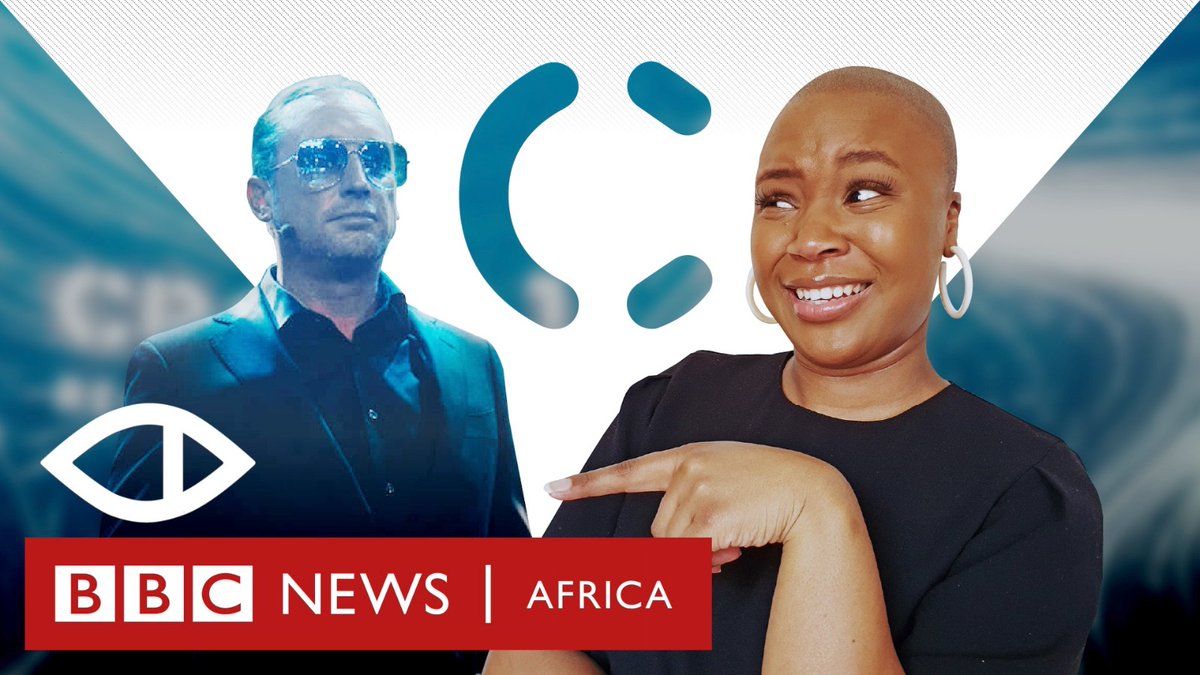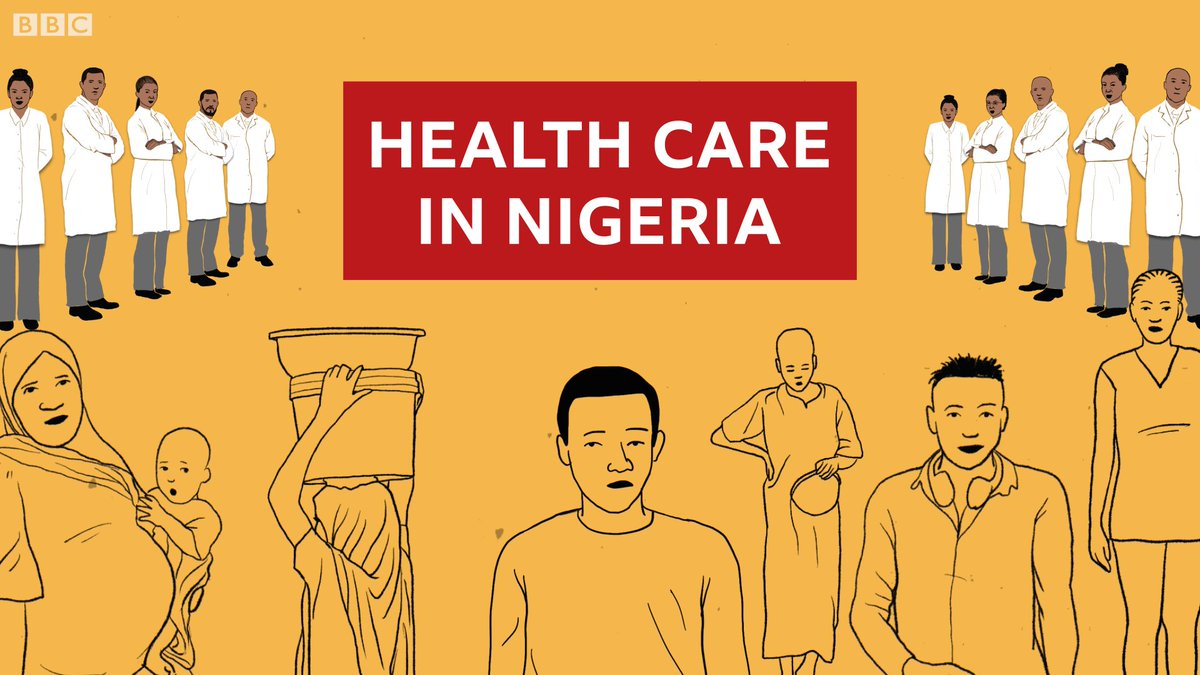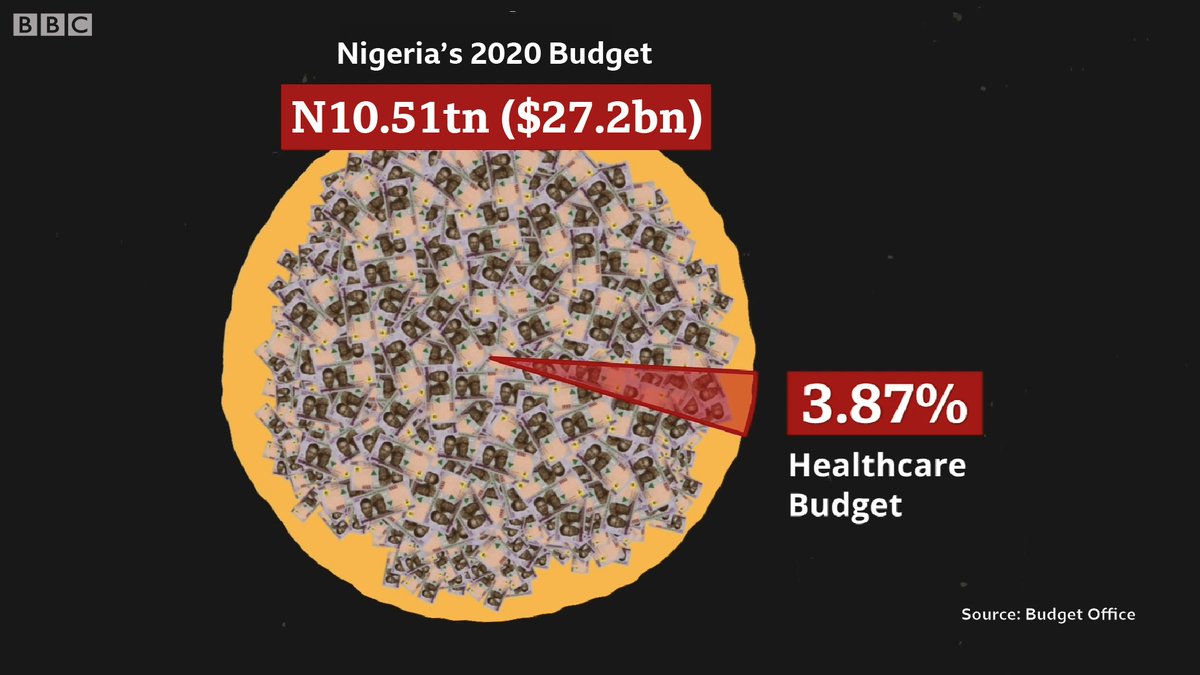
THREAD
These are images of a massacre.
A group of unarmed men are led away at gunpoint.
Shots are fired, and the bodies are pushed over a cliff.
Where exactly did this happen? Who are the victims? And who is responsible for these killings?
#BBCAfricaEye investigates...
These are images of a massacre.
A group of unarmed men are led away at gunpoint.
Shots are fired, and the bodies are pushed over a cliff.
Where exactly did this happen? Who are the victims? And who is responsible for these killings?
#BBCAfricaEye investigates...
These videos surfaced on social media on March 9th 2021, along with the claim that they were filmed in the #Tigray region of Ethiopia’s far north.
In the first clip, the captives are seated on the ground, guarded by armed, uniformed men.
“We should not free these people,” says one of the guards. “None of them should be spared.”
“We should not free these people,” says one of the guards. “None of them should be spared.”
A further four videos show the men being forced at gunpoint to the edge of a cliff.
We see some of them being shot at close range, and their bodies being dumped over the edge.
We see some of them being shot at close range, and their bodies being dumped over the edge.
Our investigation has now confirmed the precise location of this atrocity and has uncovered evidence indicating that the Ethiopian military is responsible.
This is what we’ve found...
This is what we’ve found...
First, how do we know that these five clips all record the same massacre?
The answer is that the same features can be seen throughout the series of videos.
The plateau captured here, for example, just after the killings, is also visible in this clip showing the moment these men were shot.
The plateau captured here, for example, just after the killings, is also visible in this clip showing the moment these men were shot.
The same distinctive ridgeline appears in two different clips, confirming that these videos were shot in the same place.
And this man — the one wearing a red shirt and a white head scarf — features in one video as he walks towards the cliff edge, and in another after he has been killed.
The one video that cannot, at this stage, be linked to the others with any certainty is the first clip, showing the prisoners seated on the ground.
We’ll come back to this later.
We’ll come back to this later.
We can now turn to the more important question: where did this happen?
The first reports of the atrocity included an unconfirmed location: Mahbere Dego.
The first reports of the atrocity included an unconfirmed location: Mahbere Dego.
It’s a small town in the north of Ethiopia’s Tigray Region.
Since November 2020, Ethiopian troops have been fighting Tigrayan forces for control of this region.
Since November 2020, Ethiopian troops have been fighting Tigrayan forces for control of this region.
From Mahbere Dego, a dirt road runs south to the edge of an escarpment.
If we position ourselves here, we can see a number of features that match the landscape shown in the videos.
A band of sloping ground...
...between an upper plateau…
...and a cliff edge.
...and a cliff edge.
We can also see the dirt road that brought us here...
...and the distinctive profile of the ridgelines in the distance.
In a landscape as complex as this, with cliffs running for hundreds of kilometres between the plateau and the valleys, can we be certain we’ve got the right place?
Well, yes, we can.
Well, yes, we can.
If we look even more closely, we see a precise match between the footage of the massacre and the satellite imagery.
The same band of vegetation.
The same dry riverbed.
The same exact pattern of trees and fields.
The same band of vegetation.
The same dry riverbed.
The same exact pattern of trees and fields.
The victims were shot here: 13.9989, 38.7902.
About a minute into the clip, we see another distinctive ridgeline.
And that, too, can be located on Google Earth.
And that, too, can be located on Google Earth.
It tells us that the video of the prisoners seated on the ground was filmed somewhere along this escarpment, about a kilometre from where the men were shot.
We know exactly where this happened.
But what can we say about when these killings took place, and who is responsible?
But what can we say about when these killings took place, and who is responsible?
The BBC has spoken with a resident of Mahbere Dego, who told us the Ethiopian army took away 73 men from the town and surrounding area on January 15th this year.
None of them, he said, has been heard from since.
None of them, he said, has been heard from since.

The BBC has also spoken with a man in a neighbouring village who told us that his brother was among those killed in this massacre.
He confirmed that the killings took place in Mahbere Dego, and gave the same date: January 15th 2021.
He confirmed that the killings took place in Mahbere Dego, and gave the same date: January 15th 2021.
This satellite image, taken on January 20th 2021, just 200m away from the site of the killings, confirms that there was a heavy military presence in the area around Mahbere Dego.
The claim that Ethiopian troops were responsible for this massacre is supported not just by the testimonies of local people, but by visual evidence in the footage.
The armed men are wearing uniforms that match those worn by the Ethiopian National Defence Force or ENDF.
The armed men are wearing uniforms that match those worn by the Ethiopian National Defence Force or ENDF.

The soldiers are speaking Amharic, the main administrative language of Ethiopia.
We have not been able to confirm any individual identities – but the videos show two of the men close up, and suggest at least one female soldier was among the group. 

Their victims, meanwhile, are dressed in civilian clothing and are speaking the language of the Tigray Region.
The killers claim that their captives are “Woyane" (Tigray People’s Liberation Front).
The killers claim that their captives are “Woyane" (Tigray People’s Liberation Front).
Last month, @EthioHRC and @UNHumanRights agreed to collaborate on an investigation into human rights abuses in the Tigray conflict.
https://twitter.com/EthioHRC/status/1375076850557411333?s=20
The massacre at Mahbere Dego is receiving attention because it was recorded on camera.
But it is not the only atrocity to have taken place in this war.
But it is not the only atrocity to have taken place in this war.
“This is absolutely an incident that requires further investigation” @LaetitiaBader told us. “What we are seeing in these videos could amount to war crimes.”
A resident of the area, reached by the BBC, said “Please help us. They are still torturing us.”
A resident of the area, reached by the BBC, said “Please help us. They are still torturing us.”
You can read the BBC’s full report here > bbc.com/news/world-afr…
Investigation and reporting by @Yaolri, @JakeGodin, @gianfiorella, @danielsilas, @ChFrancavilla, @bertram_hill1, @Mabl2K, @joelmgunter, and Mohammed Osman.
Twitter thread video editing & graphics by @SVanhooymissen and @BonomiManuella.
Twitter thread video editing & graphics by @SVanhooymissen and @BonomiManuella.
Special thanks also to @vlad_hernandez_, Christian Parkinson, @leilanathoo, Christine Yohannes, @marcperky, @zachtoombs, @EoghanMacguire, Maxim Edwards, @martinplaut, @N_Waters89, @obretix, @Timmi_Allen, @vandiche, @obtusatum, @john_marquee, and many others.
• • •
Missing some Tweet in this thread? You can try to
force a refresh










